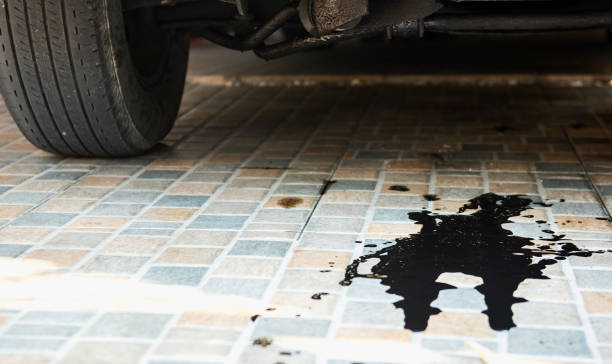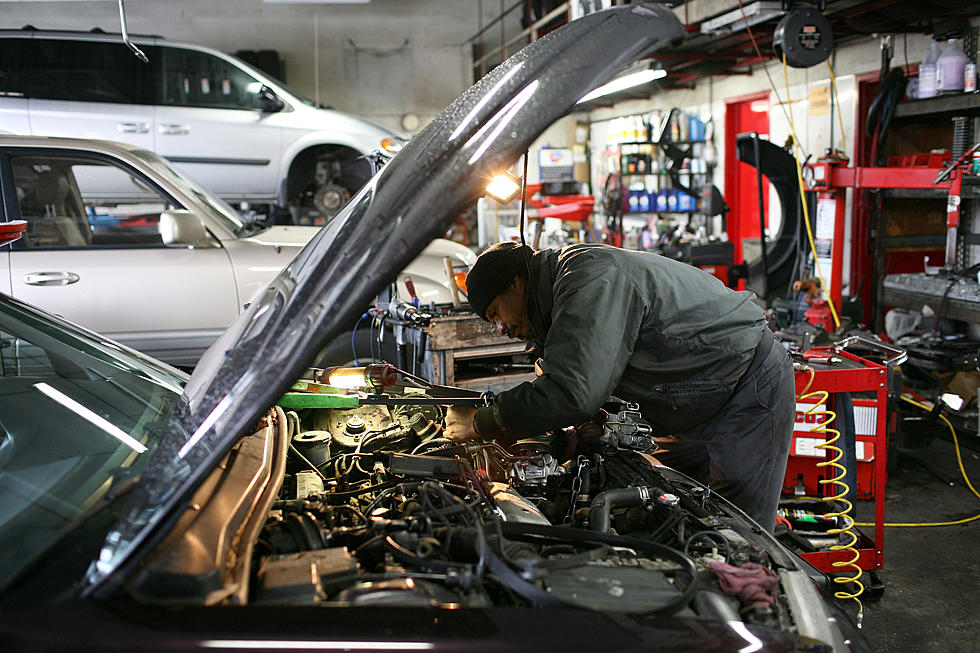
We'll be covering how to conduct a car inspection in this article. We'll examine the brakes, check the headlights and exterior mirrors, and examine the engine. Once we've covered the basics, we'll get into the more technical details. These are some of the things you need to look out for when inspecting your vehicle. We hope you found this article helpful. We have provided the steps to help you inspect a vehicle and make an informed decision.
Checking the brakes
It is important to inspect the brakes before you bring your car in for service. Your car may not respond well to the brakes or it might pull in one direction if it isn't maintained correctly. You should have your car taken to a mechanic for repairs. The following tips will help you examine your brakes during a car inspection.
Check the brake pads. You can check the condition of your brake pads by simply placing a piece cardboard underneath the wheels. Then, press the brakes. Brake pads must be at least an eighth of an inches thick. They should not pulsate. You can also check the parking brakes. If your parking brakes stop working, replace them immediately.

Checking the headlights
Vehicle safety inspectors regularly inspect the headlights and taillights to ensure proper installation and functioning. Failure to inspect the safety of your vehicle can be due to damaged lenses, out-of-date headlights or bulbs that are oxidized. By replacing your bulbs promptly, you can avoid a failed safety inspection. Here are some tips on how to inspect your car's headlights.
Make sure that your headlights shine. If the headlights are chipped or cracked they will need replacing. You can buy new replacement headlights online. Alternatively, you can drive slowly and with more caution until the light is fixed. Your car may fail state inspections if the headlights stop working. Side lights can also be used if the headlights appear dim. They will also make it easier for you to be seen by other drivers.
Examining the exterior mirrors
The mirrors should be checked when inspecting a car. They should be clean and well-installed. Also, be sure to inspect the controls for outside mirrors. These can be either small adjustable handles or electrical buttons. Make note of your findings in the appropriate field on the car inspection form. The tires are another area you should inspect. They should match both the type of tires and the vehicle's tires.
The exterior mirrors should be checked when you are checking the tires, brakes, glass and glass. The ABS bumper cover must also be checked by an inspector. This is another sign of concern. There are two things to be aware of: a bungee cord that holds the trunk lid down and a hood that is not attached to the bumper. To maintain safety, inspect the tires.

The engine needs to be checked
Check engine lights on vehicles can indicate problems. While the engine itself is not at fault, a malfunctioning check engine light could be a sign that something is wrong with the emissions. If the engine is not at fault, the check engine light may indicate that something is wrong with the emissions. You need to have the vehicle taken to a mechanic to be repaired. If you do not know what to look for, you can check the car's emissions yourself by using a car diagnostic tool.
An emissions inspection may be necessary for your vehicle to pass emissions tests, which could cause your car to have poor fuel economy and slow acceleration. This inspection may help to determine the effectiveness and efficiency of your catalytic convertor. Routine maintenance plans generally focus on mileage and time, so they do not include things like electrical connections and sensors. An emissions inspection can identify if your vehicle's sensors or electrical connections need to be replaced. This will help you avoid the car from being shut down.
FAQ
Is it difficult to find a job as a mechanic in the automotive industry?
It can be done. Many garages post their vacancies online. Many people apply simply because they think it might make them feel good. If you want to get your foot in the door, you should try applying for a few places and see if they accept student applications. Alternatively, you could ask friends and family if they know anyone who works in the industry. They might be happy to recommend someone.
Does it matter where I go to college?
Non, really. There's no difference between colleges regarding getting into the automotive industry. There are some schools that offer more specific programs than others.
What length is an automotive mechanic apprenticeship?
An automotive mechanic apprenticeship takes around three years to complete. It includes two years of school and two years as an apprentice. The first year is spent learning all aspects of the trade, including theory, practical skills, and safety procedures. You'll also learn how tools can be used safely and efficiently during this year. After the completion of the first year, you will spend another year on the job training. Here you'll gain valuable experience in different trades. You'll have the opportunity to attend formal courses during these periods too.
The final year is dedicated to earning certifications and qualifications in the field. These include NVQs, which are obtained after passing industry-specific exams. Additionally, HNCs are Higher National Certificates that cover general subjects such management, customer service, and business administration. City & Guilds certificates may be available for those who are interested in becoming qualified in specific trades.
What should I know about car mechanics
For an auto mechanic job, you don’t have to be an expert in cars. You only need to know how to fix them. This is why most people get started with simple jobs such as changing brake pads or tires. Then they move on to more difficult repairs.
You'll need to know how to read diagrams, understand written instructions and follow basic rules of good practice. It is also important to know how to determine if parts are damaged or need to be replaced.
It is important that you have proper training and guidance before you attempt to repair vehicles. This is especially true when you are dealing with costly components like engines and transmissions.
Although you won't have to know much about automobiles, you must be familiar with the basics of mechanical engineering as well as physics. This involves understanding how engines work and how brakes work.
You should also be ready to handle all kinds of situations. You might be required to work on a vehicle that was involved in an accident. You'll also need experience dealing with breakdowns and accidents.
You should also be open to learning quickly. It is important to be able both to diagnose problems and perform simple maintenance tasks, such as tightening nuts.
Can I work as an auto mechanic without a degree? Can I study part time?
It is not essential, but it is helpful. Employers are more likely to hire candidates who have completed a complete degree. It shows that you've worked hard and are determined to succeed.
You can still study while working, however. Many universities permit students to take courses during the summer holidays, and then finish their studies in the fall. Others allow students to study part-time all year.
Statistics
- The U.S. Bureau of Labor Statistics (BLS) reports that the job outlook for automotive service technicians and mechanics is expected to decline by 4% from 2019 to 2029. (indeed.com)
- According to the BLS, the median annual salary for automotive service technicians and mechanics in the United States was $44,050 in May 2020. (uti.edu)
- According to the BLS, total auto technician employment is expected to exceed 705,000 by 2030. (uti.edu)
External Links
How To
How to properly diagnose your car for repair
First, look at the symptoms of your car to determine if it needs repair. Next, you can follow these steps in order to diagnose your car.
-
Check engine lights. Make sure to check all dashboard indicators like the engine light indicator (oil pressure gauge), the battery indicator (battery light indicator), and the RPM indicator (rpm gauge). If any of these indicators have been flashing continuously for several days it could mean that there is something wrong with your vehicle.
-
Pay attention to the treads on your tires. If the tires are worn out, they could cause problems with handling and braking. It is also important to inspect the wheel treads. They should be clean and smooth. It is best to take off the wheels and remove them. To check the condition of your treads, use a flashlight.
-
You should always monitor the level brake fluid. You should always keep track of the amount of brake fluid in your vehicle. This will ensure your brakes function properly. Low brake fluid levels can cause brake failure when you apply pressure.
-
The suspension system should be tested. Most vehicles have a suspension system that absorbs shocks and vibrations. It allows for better control, smooth acceleration, and deceleration. You might notice a wobbly feeling or uncontrollable shaking in your vehicle if it has a problem with its suspension. To determine whether your vehicle may have a suspension issue, you can try to put weight on the rear or front axle and watch the movement.
-
Examine the steering wheel. Steering columns are used to connect the steering wheel to the rest of the vehicle's components. Sometimes, steering columns are damaged by accidents. You should replace the steering column if it is loose or weak.
-
Observe the exhaust pipe. Exhaust pipes help move gases from the combustion chamber to the atmosphere. You can let harmful fumes into your home if your exhaust pipes crack or leak. If your tailpipe bends, it is important to fix it immediately.
-
Look under your hood. Look underneath your hood to see if anything looks strange. You could have fluids leaking from the engine. Also, professional technicians should be called if you detect an unusual smell coming out of your engine compartment.
-
You should inspect your air filter. The outside environment collects dust and other particles in the vehicle's filter. A dirty filter can lead to a poor vehicle's performance. Replace your air filter regularly.
-
Check the fan belt. Your vehicle's fanbel is what connects the engine and the transmission. The engine will not turn if the fan belt breaks. It is very easy to replace your belt. You will need a screwdriver, pliers and a pair of pliers.
-
The radiator hose and hoses should be checked. The radiatorhose carries water from your radiator to the engine. If the hose becomes damaged or cracked, hot liquid can be emitted onto the engine. The hose can be repaired with a pair or needle-nosepliers, and a wire brush.
-
You should inspect the windshield wipers. Windshield wipers use electricity to clean away snow and rain. If they stop working, they could leave streaks on your window glass. Change the washer fluid to fix the problem.
-
Verify the condition of your battery cables. The battery cables supply power to your car's electrical systems. Always disconnect the negative wire before you replace batteries. Failure to do so can damage your alternator.
-
Make sure your headlights are working properly. The headlights will illuminate the road ahead. They can make it difficult to see if they stop working. To check if the bulbs have gone out, you can inspect them.
-
Be sure to check the lights. You can warn other drivers if you approach them at night. You may be distracted by the light and end up in an accident.
-
Inspect your brakes. Before you get in a car accident, your brakes will be slowing down your vehicle. You may lose control of your vehicle and crash if the brakes don't function properly.
-
Change your oil. Oil keeps your engine lubricated. It helps prevent metal parts from wearing out too quickly. It is recommended to change the oil each month.